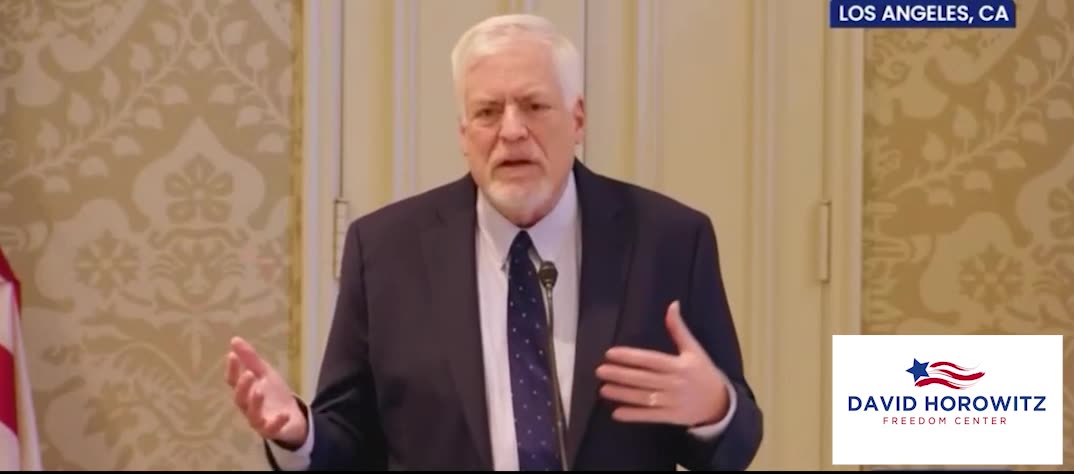
www.dailywire.com
Ellison Steps In With Personal Guarantee As Paramount Fights For Warner Bros
Oracle co-founder Larry Ellison has stepped in to personally guarantee $40.4 billion in Paramount Skydance’s latest effort to pry Warner Bros Discovery away from selling its prized Hollywood assets to streaming giant Netflix.
The guarantee, disclosed in a filing on Monday, seeks to allay the Warner Bros board’s doubts about Paramount’s financing and the lack of full Ellison family backing, which had pushed it toward the competing cash-and-stock offer from Netflix.
Here’s what analysts and market experts are saying about the latest development:
SETH SHAFER, PRINCIPAL ANALYST AT S&P GLOBAL, NASHVILLE, TENNESSEE
“I don’t think the revised bid from Paramount Skydance significantly alters the current status quo. I doubt many WBD shareholders that are on the fence or planning to vote ‘no’ were holding out due to issues the revised bid addresses such as a guarantee from Larry Ellison on the funding front.”
“We’re still likely months away from a shareholder vote on the Paramount offer and the planned closing date of the deal agreed with Netflix would be in the second half of 2026. There will likely be many more twists and turns ahead and both Paramount and Netflix have a chance.”
MICHAEL PACHTER, MANAGING DIRECTOR, STRATEGIC PLANNING AT WEDBUSH SECURITIES, CALIFORNIA
“The WBD Board rejected the last offer because they thought it was speculative and revocable. This one makes the offer irrevocable and directly addresses the Board’s concern.
“If the board is rational and ethical (a big if), it must accept the offer, since the $108 billion PSKY offered is more than the $83 billion offered by Netflix. We;ll see what the Board does, but PSKY is right to make this offer directly to them.”
“Yes, Paramount has a chance to win, approaching 100%”
ROSS BENES, SENIOR ANALYST AT EMARKETER, NEW YORK
“The updated offer from Paramount doesn’t change the fact that WBD’s executives prefer Netflix. The new offer does make Paramount’s case more compelling to the board and shareholders. But WBD executives will keep fighting to maintain the Netflix deal as long as they can. This battle will be prolonged.”
PAOLO PESCATORE, ANALYST AT PP FORESIGHT, LONDON
“Paramount remains in a precarious position and is making a last-ditch effort to avoid being left out in the shadows. It cannot afford to lose out and be a weaker player compared to its stronger rivals.”
“The improved offer is a step in the right direction, but it is unlikely to be enough.”
REUBEN MILLER, HEAD OF ANTITRUST AT DEALREPORTER, WASHINGTON DC
“The financing from the sovereign wealth funds opens a regulatory box that needs to be checked. Having these players involved will bring another dimension of scrutiny, as well as a big diplomatic question – how far will using money from Middle Eastern sovereign wealth funds bring them into partnership with one America’s cultural touchstones?”
“Paramount has claimed that any influence from the funds will be neutralised due to their lack of voting rights, but there are other questions at play which make the picture far murkier. Notably, the access of these funds, as key stakeholders, to WBD and Paramount’s data, as well as the wider diplomatic implications of foreign bodies having a vested stake in such a huge entity in U.S. media production and consumption.”
(Reporting by Kritika Lamba in Bengaluru, compiled by Arpan Varghese; Editing by Anil D’Silva)
















